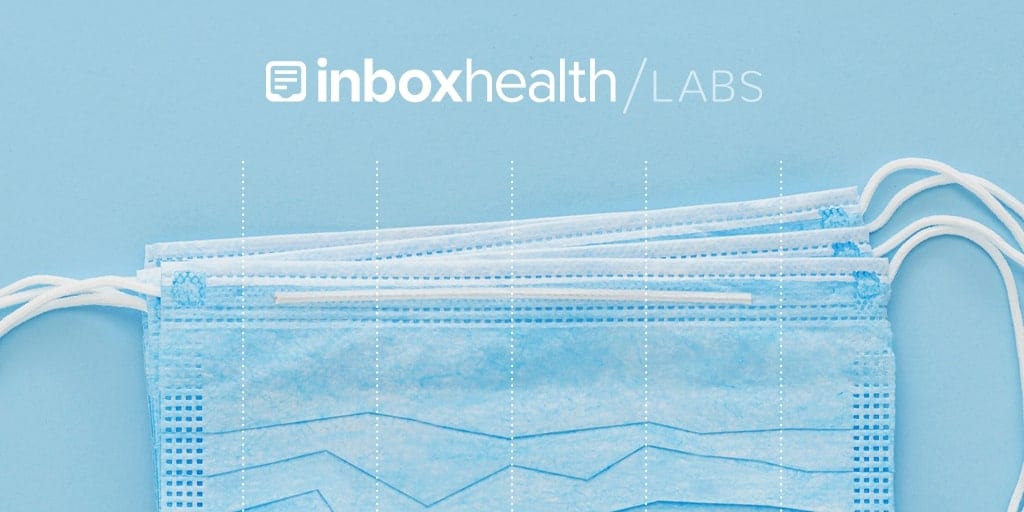Thanks to a recently published report by Inbox Health Labs, for the very first time medical billers can see the impact of COVID-19 on patient payments and begin to plan for 2021. What is clear is that rethinking patient billing will be necessary to adapt to the changes being inflicted by this pandemic, and to counteract the persistent reduction in patient payment growth and what, thus far, appears to be a stunted-V shaped recovery.
One of the big benefits of this report is the opportunity for billers to view the revenue impact regionally rather than just nationally. Regionally, there were considerable differences in how lockdown guidelines and COVID-19 cases impacted the ways in which payment counts and payment amounts rebounded.
The NYC tri-state region experienced the earliest, steepest, and most severe drop in patient billing activity due to COVID-19. States hit by the second wave that reopened early and aggressively to try to protect their economies saw payment activity rebound significantly earlier, but the recovery leveled off to a similar level as regions that took longer to reopen. West Coast states saw a less severe impact from the virus, but the slower ending of lockdowns may explain their payment activity remaining depressed for a full month longer than states that reopened earlier.
In terms of community spread, with levels surging again in many states, patient visits, patient payments, payment counts and amounts, and patients’ ability to pay can be expected to be put under tremendous pressure. This could take place regardless of government policy, as the drop in patient payment activity began even before shutdown policies were adopted.
Planning for the end of 2020 and looking ahead to 2021, practices should prepare for a decrease in payment counts and amounts to only 70-90% of pre-pandemic patient revenue levels until COVID-19 is contained.
But there is hope. Billers can implement mitigation strategies such as improving collection rates (e.g. payment plans, better patient communication), reducing patient billing-related labor costs (e.g statement review and posting), and reducing fixed expenses (e.g. yearly leases, annual software fees). Looking ahead as the virus is contained, if 2019 and earlier data is indicative, billers can expect to see patient payment counts and amounts meet and conceivably exceed 2019 volumes.
To access the full Inbox Health Labs report on the impact the COVID-19 pandemic is having on patient payment activity, click here.
Inbox Health’s rapidly growing proprietary data set of over 30 million unique patient bill payment interactions provides a trove of potential insights. Inbox Health Labs strives to provide valuable research to the medical biller community by analyzing the data to discover key findings that are topical to prevailing and emerging trends in the industry as well as changes that are the consequences of the major events of the day.

